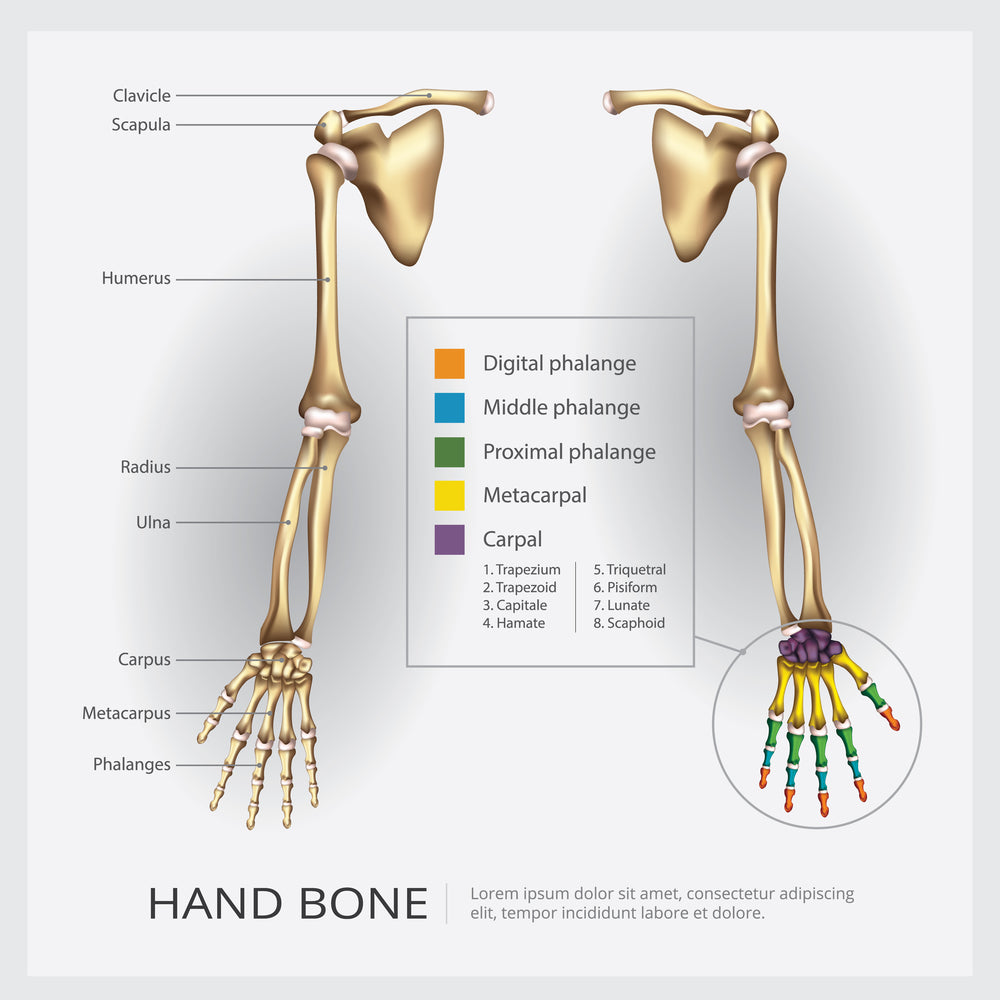Proximal and Distal are two words that you may have heard before, but what do they mean? Proximal is often used to describe something that is close or near. Distal can be used to describe something that is far away in space or time. This blog post will go over the differences between Proximal vs Distal so you know how these words should be used correctly!
What is Proximal in the medical world?
A proximal structure is located near the body's midsection. This means that it can be found closer to either of your arms or legs, instead of being at a more central location on the torso. The term "proximal" may also refer to an arm bone (humerus) if it is close to where your shoulder meets your arm.
What is Distal in the medical world?
This term often refers to something that is farther away from where a person's hands are located and towards their feet. This could include an extremity, such as a finger or toe; it can also refer to tissues near the foot or ankle since they would be closer to these
Distal is the opposite of proximal. Distal structures are located further from your midsection, and may include things like fingers or toes on a hand (digits), as well as bones in the leg and foot that attach to them.
What about Proximal vs Distal?
A more technical definition for these terms would be an anterior structure (proximal) is near, or closer to, the midsection of a person's body and an Antero-posterior axis would be perpendicular to this line. As such proximal structures are near one another while distal ones may not be as close together. While both terms refer to how far away something is from a central point, distal may refer to what is farther away.
As an example: your proximal structure would be the part of you that's closest to the floor and thus furthest outstretched (think arms or fingers); while your distal structures are what are farthest away from this center-point, such as toes on your feet.
Proximal structures are closer and thus better able to feel what's happening in that area - for example your proximal limbs have a greater sense of touch- than distal ones which are farther away from these sensitive areas. For this reason, if something is causing pain in your arm, you might wince and withdraw that limb. On the other hand, if something is causing discomfort or pain on your leg, it will be harder to tell what the problem may be because of how far away from those sensitive areas they are.
If someone told you not to move your proximal limbs while having surgery (for example on your legs or feet) you could easily comply with their request because of how close together they are and the sense of touch that can be felt in this area.
If someone told you not to move your distal limbs while having surgery (for example, if it's happening at a wrist), then complying would be more difficult because these regions are remote and don't have as much feeling.
When we think of what the difference is between proximal vs Distal, it's important to know that their location on your body has a major impact on how you will feel pain or discomfort in these regions.
It may also be helpful for understanding this topic if you were able to use a reference point. If you were standing upright and facing forward, your proximal parts would be the ones closer to where you're looking while distal regions are away from this axis point.
Some people may have occurrences that happen in these different areas of their body as well so it's important to know what they mean medically when we want to identify the difference between proximal vs Distal.
Proximal- It's closer to where you're looking at and would encompass a lot of what we’re often referred to as “the core” or center parts of our body like your chest, abdomen, back, spine etc. Proximally related issues are also what are often considered to be "nonspecific" types of injuries which may include things like strains, sprains and contusions.
Distal- These would refer to the extremities or parts that are farthest away from your axis point when you're facing forward so they would encompass any part of your body below your waistline including your ankles, feet and hands. Distally related issues are also what you would call "specific" injuries which can include things like fractures or dislocations.
In Conclusion:
Both terms proximal and Distal are used often in the medical field. Proximal refers to the areas that are closer to your axis point and distal is what's farther away.















